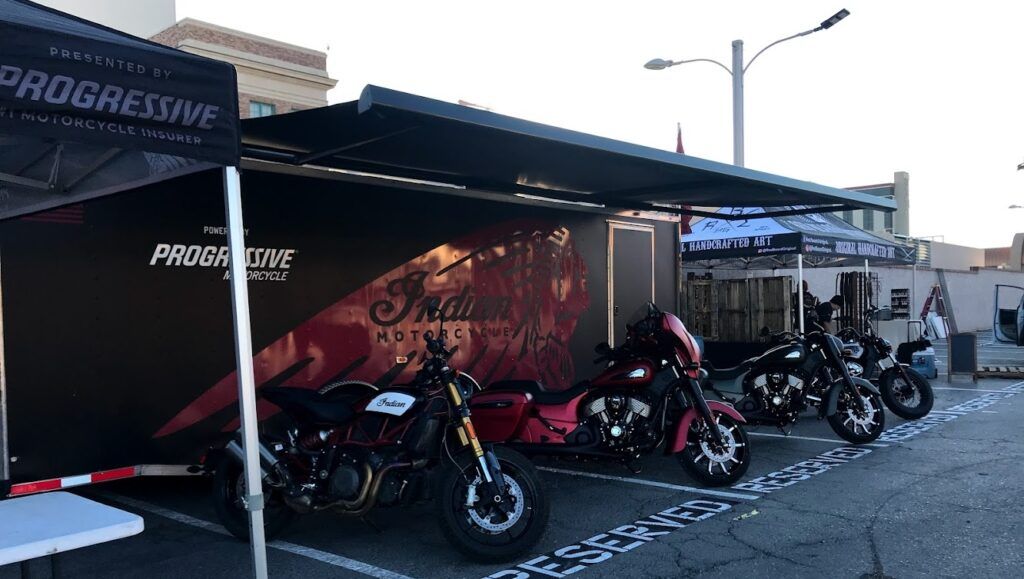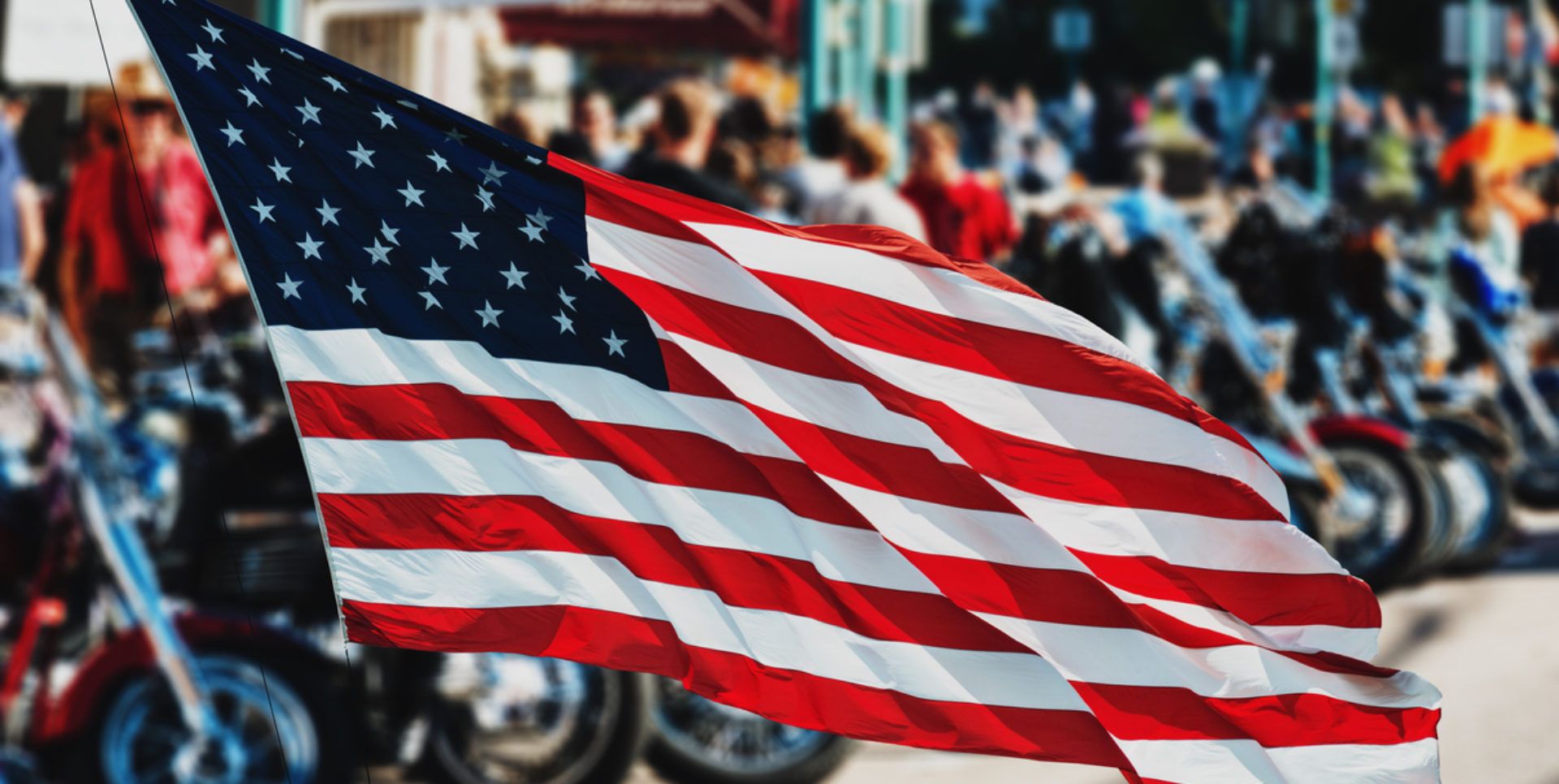
Indian Motorcycle is one of America’s oldest and most storied motorcycle marques. Founded in 1901 by George Hendee and Oscar Hedstrom (originally under the Hendee Manufacturing Company), Indian quickly earned recognition through racing successes and bold design. After decades of ups and downs, the brand was acquired by Polaris Industries in 2011, repositioned, and relaunched under modern stewardship in Spirit Lake, Iowa.
Since the Polaris acquisition, Indian has sought to balance heritage with contemporary appeal—offering both classic-styled baggers and modern sport-cruisers while engaging its owner community. Its product portfolio now includes models such as the Scout line (compact V-twins), the Chieftain and Roadmaster touring bikes, the Challenger bagger, and limited-edition special series.
Growth and Challenges in Recent Years
Indian Motorcycle has experienced mixed commercial performance in recent years. According to tracking data, in the first half of 2025, global registrations were down about 2.1%, with sales declines in Asia and Europe offset only modestly by gains in North America. The brand hit a high point in 2021 when it surpassed 30,000 units but since then has seen softer results—ending 2024 at about 25,792 units globally.
Still, Polaris reports that the Indian brand became profitable in 2023, marking a turning point after a decade of investment. Polaris has also refreshed its Scout line—a core midsize offering—to better compete with Harley-Davidson and appeal to new riders.
Beyond purely sales figures, Indian continues to lean heavily into brand experience, community, and visibility. That is where rallies, demo events, and rider groups play a pivotal role.
Rallies, Events, and Community Presence
Indian Motorcycle actively participates in and sponsors many of the world’s most prominent motorcycle rallies and events. Their official events calendar highlights participation in major U.S. rallies such as Daytona Bike Week, Sturgis, Laconia Motorcycle Week, and Americade. The company also attends curated shows like The One Moto Show (in Portland) and the Handbuilt Show (Austin) to engage with niche and custom-bike audiences.
One of Indian’s notable marketing strategies is the “Challenger Challenge,” which pits Indian’s Challenger bagger directly against the Harley-Davidson Road Glide at rallies and events, letting riders demo both bikes back to back. This kind of hands-on presence connects Indian with rally culture and stirs friendly competitive dialogue among enthusiasts.
Another example is their “Ride With Us Demo Days,” a national test-ride program that ties into charity support. For each demo ride of a 2025 Indian motorcycle, the company donates a fixed amount to Folds of Honor, culminating in a “National Charity Ride.”These events are not just marketing exercises—they reinforce loyalty within the Indian Motorcycle Riders Group (IMRG), which boasts many chapters across the U.S. and organizes regional rides and gatherings. At rallies like Sturgis, Indian has deep roots: the rally itself traces origins to Indian Motorcycle franchise holders and stunt events dating to 1938. Indian’s presence there is both symbolic and practical—exposure, test rides, gatherings, merchandise, and owners congregate around the booth and brand zones.
Internationally, while Indian’s market penetration is more modest, the brand still attends major global motorcycle shows and leverages rally culture where feasible. The consistency of its rally presence helps maintain visibility beyond markets where sales may lag.
Outlook and Strategic Leverage
Indian Motorcycle’s continued rally and event involvement is more than a branding exercise—it is a strategic channel to sustain community, recruit new riders, showcase new models, and reinforce loyalty. While the brand faces headwinds in global sales, this social capital is a buffer against volatility.
If Indian can combine its rally-driven visibility with product innovation (especially in electrification or lighter bikes) and regional expansion, its presence at motorcycle rallies worldwide could remain a core asset in its long-term positioning.

